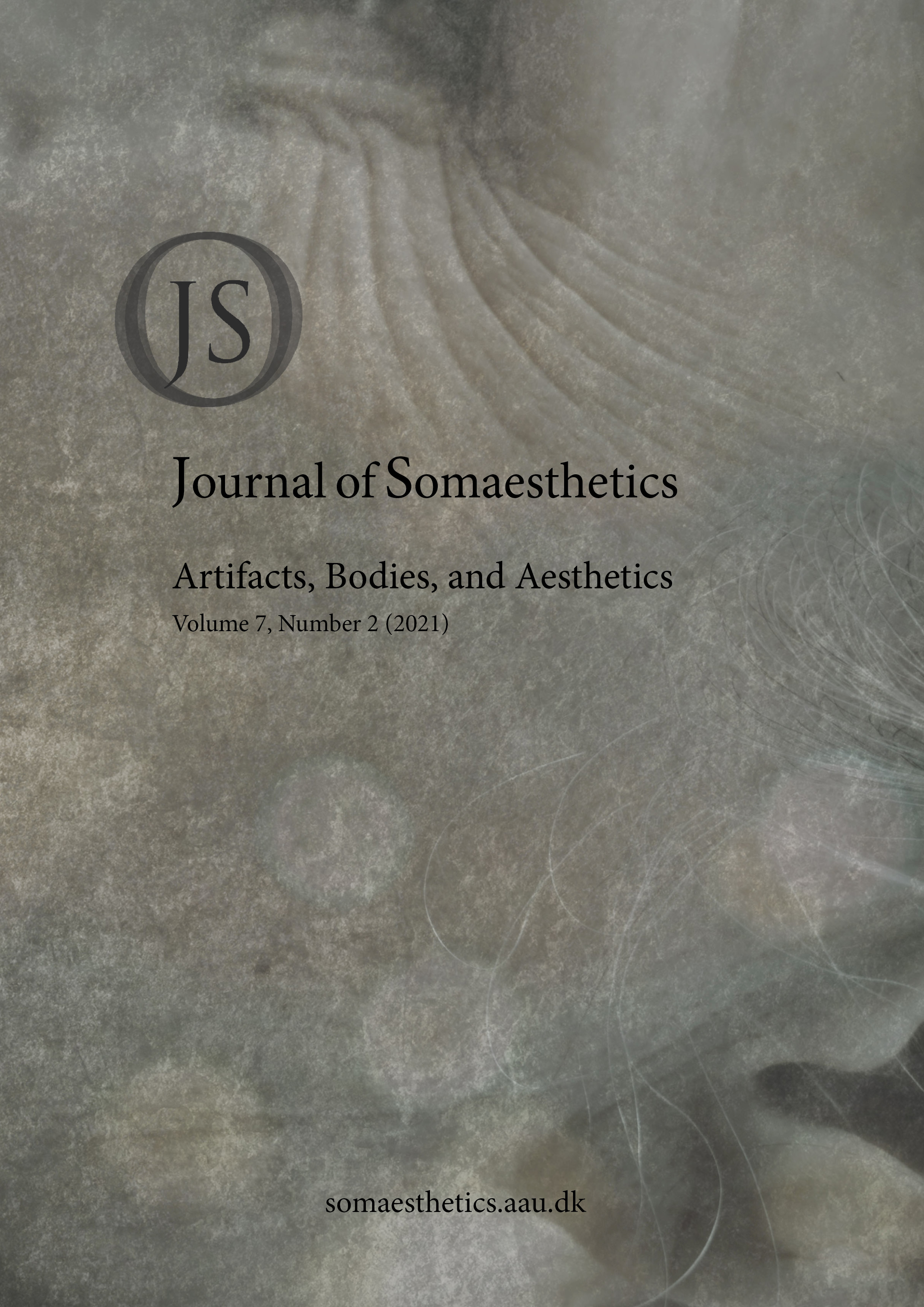Body and Soul . . . and the Artifact: The Aesthetically Extended Self
Abstract
By thinking on my personal (som)aesthetic experience as a would-be jazz saxophonist, I will argue that the relationship between musician and instrument can exemplify the “extended self” thesis in the artistic/aesthetic realm. As can happen with a human partner, a special affective relationship may arise between human being and instrument and, through repeated practice, the instrument can become an indispensable element of the aesthetic habits by virtue of which we interact with the environment, thus becoming part of the (extended) self. As I will suggest, this special bodily and affective relationship is due to the affordances offered by the instrumental partner and to the expressive experiences that this encounter makes possible. This affective relationship is one of the reasons behind the regret we feel for the destruction or loss of artifacts. Thanks to the assiduity of a somaesthetic relationship, it happens that these objects become extensions not only of the body but also of the mind or “soul.”
Downloads
Published
Issue
Section
License
Articles published in The Journal of Somaesthetics are following the license Creative Commons Attribution-NonCommercial-NoDerivs 4.0 Unported (CC BY-NC-ND 4.0). Authors retain copyright and grant the journal right of first publication with the work simultaneously licensed under a Creative Commons Attribution License: Attribution - NonCommercial - NoDerivs (by-nc-nd). Further information about Creative Commons
If excerpts, tables, figures, charts, artwork or photographs from other copyrighted works are included in an article, it is the author’s responsibility to obtain written permission from the copyright owners and credit the source’s in the article and citation list.


